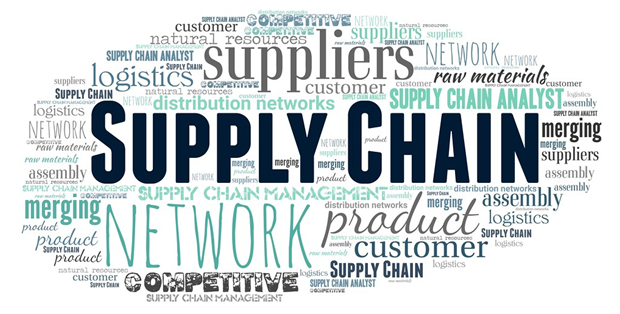The success of a venture depends largely on the productivity of the supply chain and the availability of multiple freight links. However, with the advancement of globalisation and technology, the issue of supply chain productivity and freight links has become more complex today.
As a result of supply chain disruptions in Australia and a limited number of freight connections, there are shortages, inflation, factory closures, and goods stored at ports. While these consequences are severe, there is much a government can do about them.
A low level of supply chain productivity does not just cause higher prices and shortages among high-end consumer products. They also affect more basic commodities such as generic drugs and energy, increasing the cost of living and providing basic needs.
Supply chain management has a major impact on the business world. On-time delivery of the right product and the right quantity can satisfy producers and distributors alike. An efficient supply chain can positively impact customer service too.
Also, productive supply chain management along with adequate freight links can improve the efficiency of assembly plants, warehouses, and shipping vehicles. Cash flow is directly increased because a product is delivered in a timely manner, and consumers can purchase their goods on time.
Manufacturing companies rely on supply chains to reliably deliver materials to assembly plants to prevent material shortages that would cause production to stop. A productive supply chain with adequate freight checkpoints contributes to decreasing production costs. For example, in the case of an unexpected parts shipment delay, auto assembly plant shutdowns can cost upwards of $20,000 per minute and millions of dollars per day.
Similarly, a productive supply chain can help decrease the use of large fixed assets like plants, warehouses, and delivery vehicles. For instance, a business can avoid building five very expensive structures if supply chain experts can redesign the network to serve Australian customers from five warehouses instead of ten. Managed supply chains also sustain human life since they deliver basic necessities such as food and water. When these pipelines break down, humans are immediately at risk.
The delivery of medicines and healthcare relies on supply chains. When a medical emergency strikes, supply chain performance can make the difference between life and death. For example, medical rescue helicopters can save lives by quickly transferring accident victims to hospitals for emergency treatment. As a result of excellent supply chain execution, the hospital will also be able to provide the necessary medicines and equipment for treatment.
The current and future success of a business depends on improving productivity in the supply chain, so selecting the best haulage partner is also essential. Investing in new and innovative technologies, paying close attention to your workforce, training them well, and reducing costs are some of the most effective ways to improve supply chain productivity. Together, these elements will create significant business value for your company.







